Nature, Nurture, Culture: Unagi in Tsu City
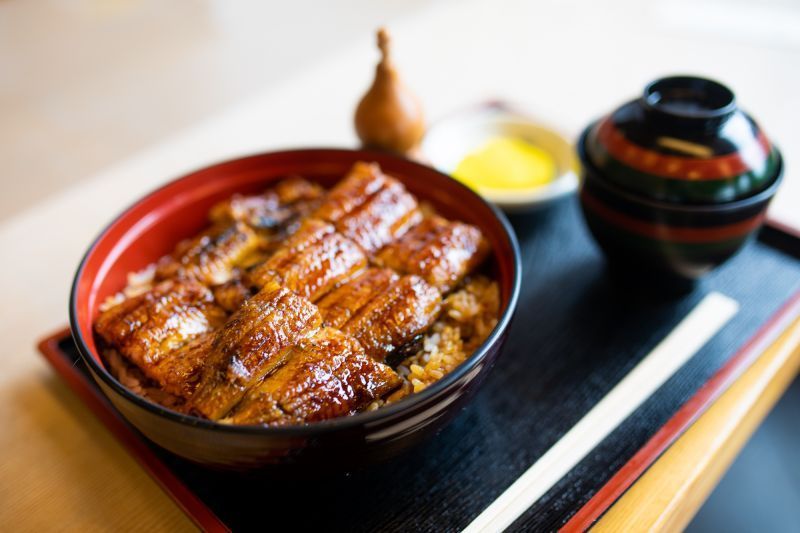
Ah, summertime. The season of ice cream, watermelon, popsicles, and… grilled eel. Wait a second. Did you say eel? That’s right. Known in Japan as "unagi", eel is a summertime treat of the Japanese archipelago prized for its power to recharge us under the sapping summer sun. For those who crave this nutritious dish, Tsu City in Mie Prefecture is a must-visit destination.
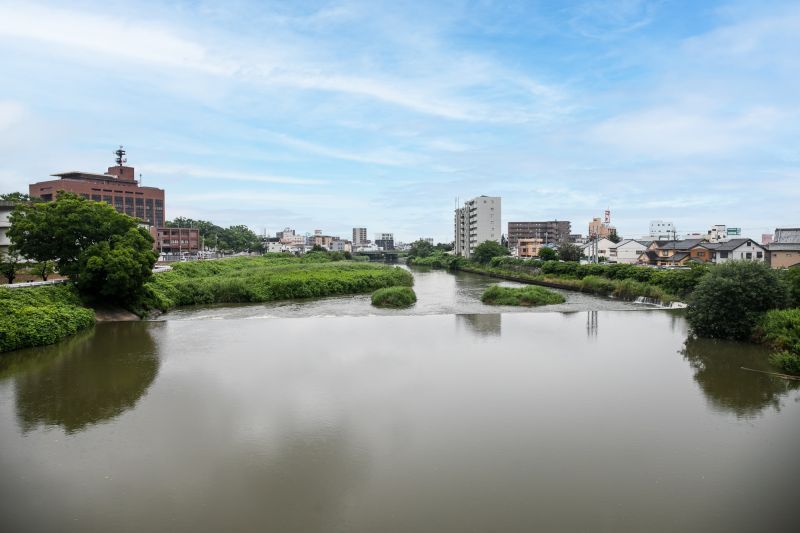
Written by Ren Wong
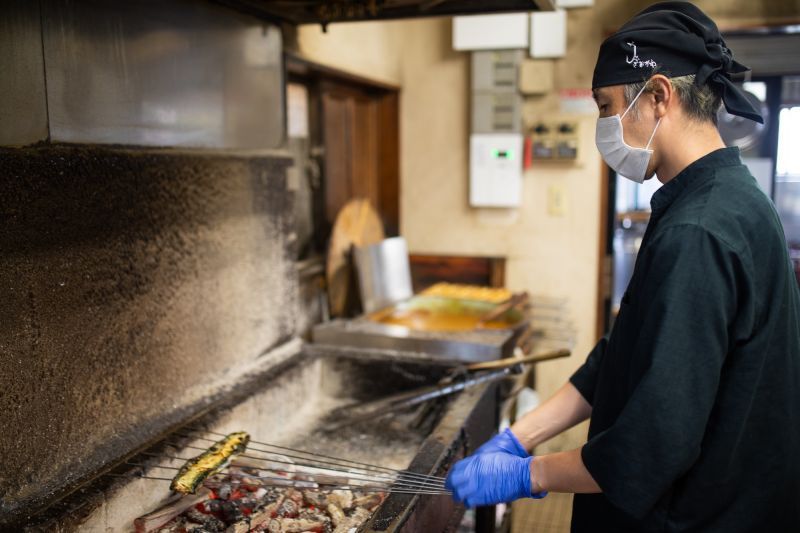
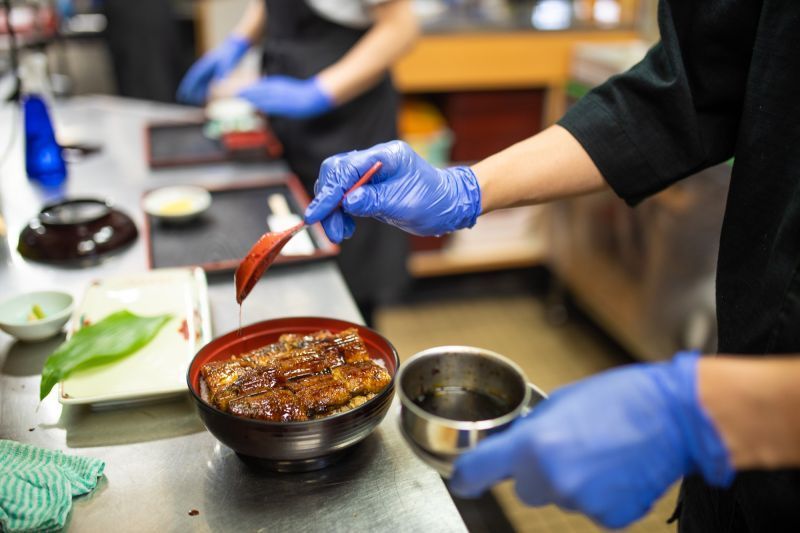
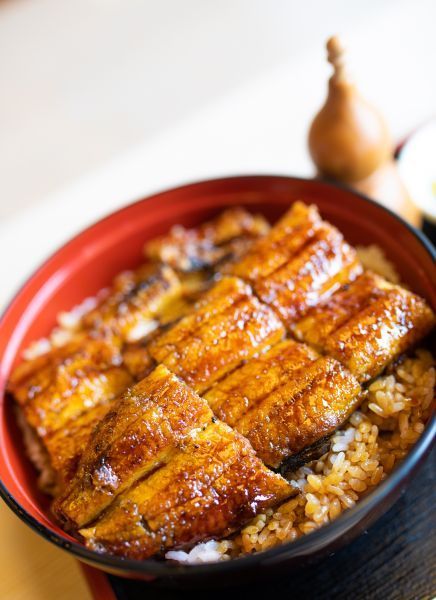
When people say "unagi" they usually mean a cut eel, opened from either the back in Kanto or the belly in Kansai, marinated in mainly soy sauce, sugar, and sake then skewered and grilled over charcoal flames, a process known as "kabayaki.” In Kanto, eel is grilled, steamed to reduce fat, then grilled a second time. Classic Kansai style is pure grilling, just once but for longer. Finally, this meticulously prepared morsel is often brushed with a sweet sauce (tare) and served on a bowl of rice as "unadon," and in the fancier "unaju" version, presented in a lacquerware box.
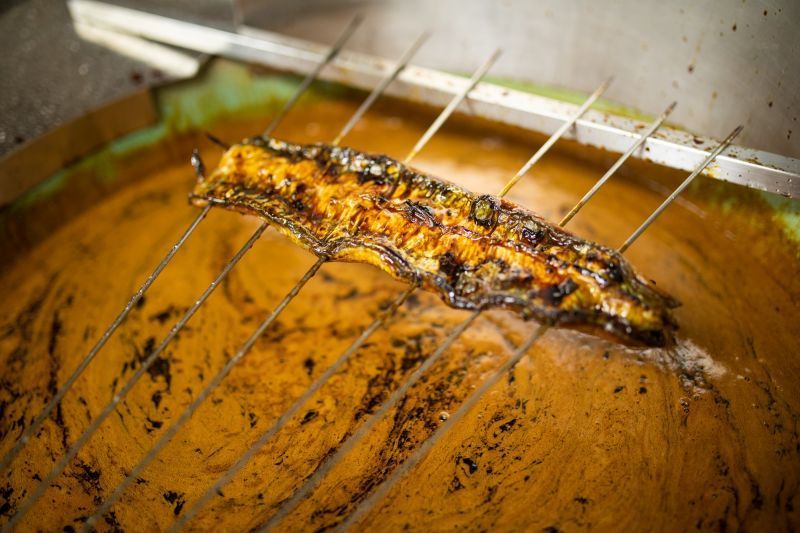
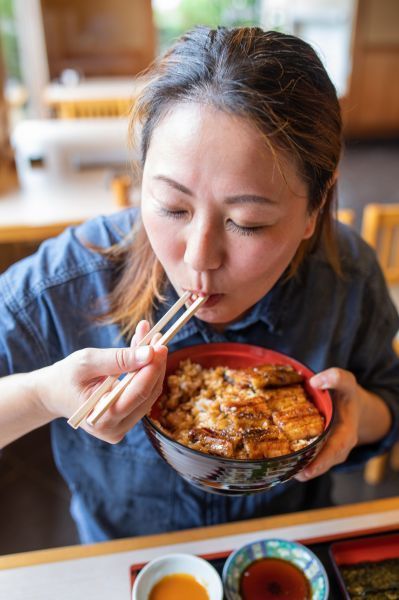
How did eel become known as a summertime treat? During the Edo era, a sad seller finding few unagi buyers in the summer heat sought advice from Hiraga Gennai, a scholar who gave him brilliant advice. "Ox" is pronounced "Ushi" in Japanese, and “Doyo no Ushi no Hi” (Day of the Ox) falls once or twice during the summer season. Gennnai advised the unagi chef to tell customers they should eat foods starting with “U” like Unagi on the day of “Ushi” in order to replenish their energy. Surprisingly, the tactic worked, sales surged and even today, the summertime Day of the Ox is also known as "Unagi day." The veracity of this story may be doubted, but there is no doubt that unagi carries powerful nutrients, perhaps the real reason why it has remained a summer favorite for centuries.
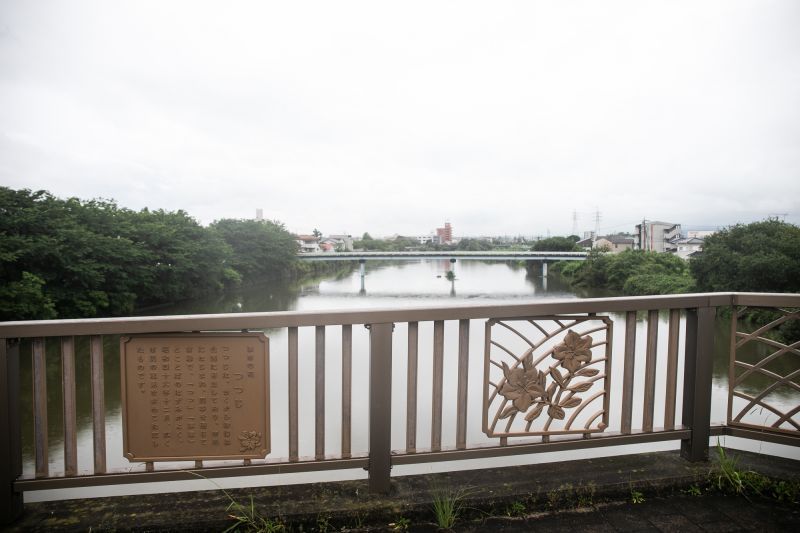
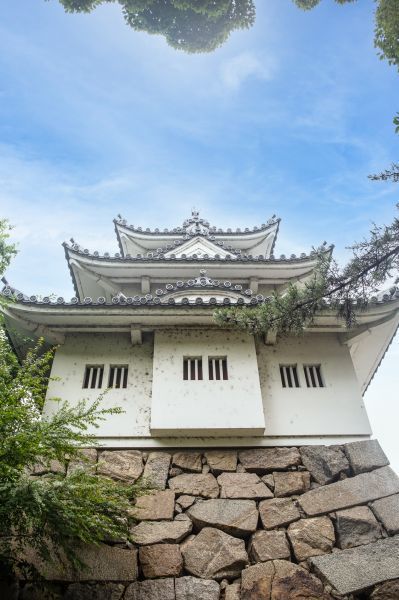
In Mie Prefecture, nowhere has unagi found more favor than in Tsu City, due to a fortuitous collaboration of nature, nurture, and culture that assured the town would play a starring role in the development of unagi cuisine. Eggs of the anguilla Japonica eel are laid and hatch in seawater, before the young migrate to freshwater streams to mature. Located where four large rivers meet the sea, Tsu City is ideally situated for both catching and breeding Unagi. Added to this geographical advantage may be the sophistication of local tastes, as the city was a castle town where local people had a custom of eating eel.
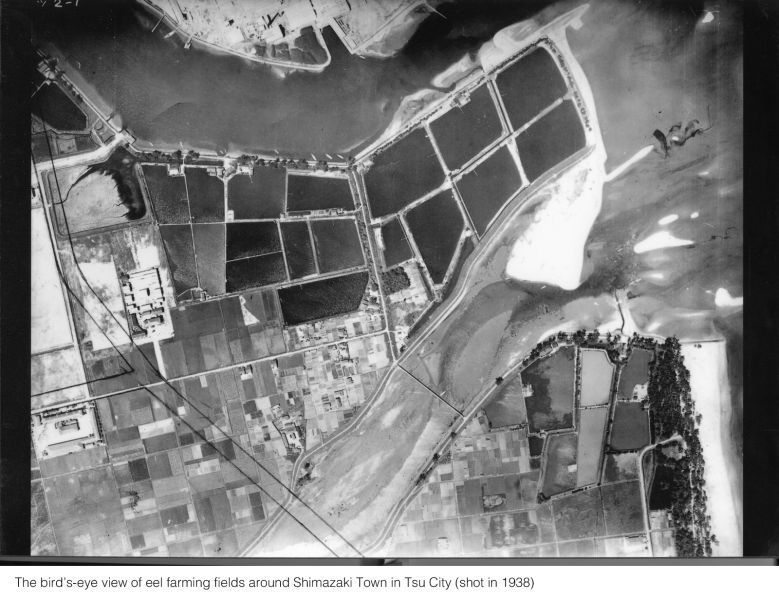
This fertile ground nurtured rich culinary traditions, and the development of regional aquaculture. Though only five eel farms existed in the area in 1912, by 1940 they had increased tenfold. Amid this overflowing cornucopia, Unagi shops popped up throughout the area, and the charbroiled dish became the soul food of the city.
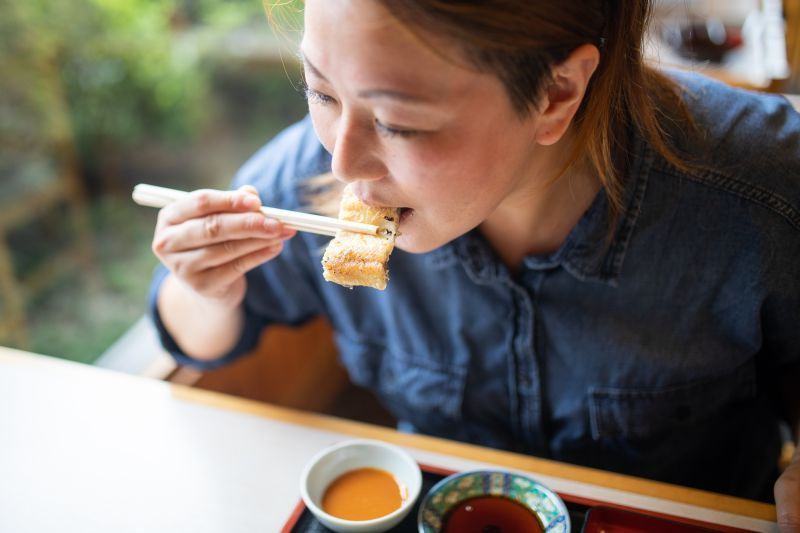
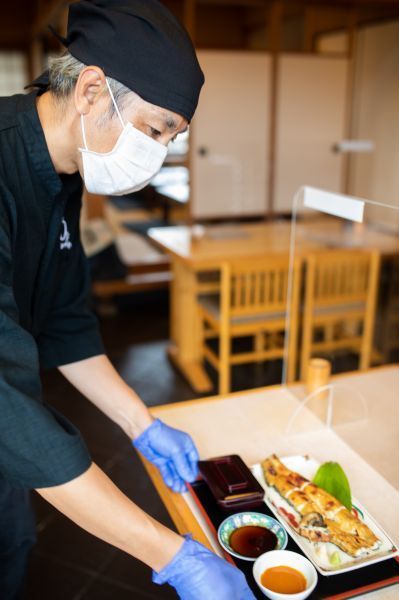
Alas, those days of glory are now past. Wars, typhoons, and the relentless march of technology, including artificial feed and breeding methods, combined with price competition from producers overseas, led to falling prices and the eventual decline of Tsu City eel farming. Though the industry is not what it once was, Tsu City's love affair with unagi continues strong as ever. Unagi consumption in Tsu City ranks among the top nationwide every year, ranking first in 2005 when residents spent an average 5,534 yen per household on the tasty treat. Although elsewhere, it may be seen as an indulgence for special occasions, Tsu City's reasonable prices ensure that unagi remains a part of everyday life.
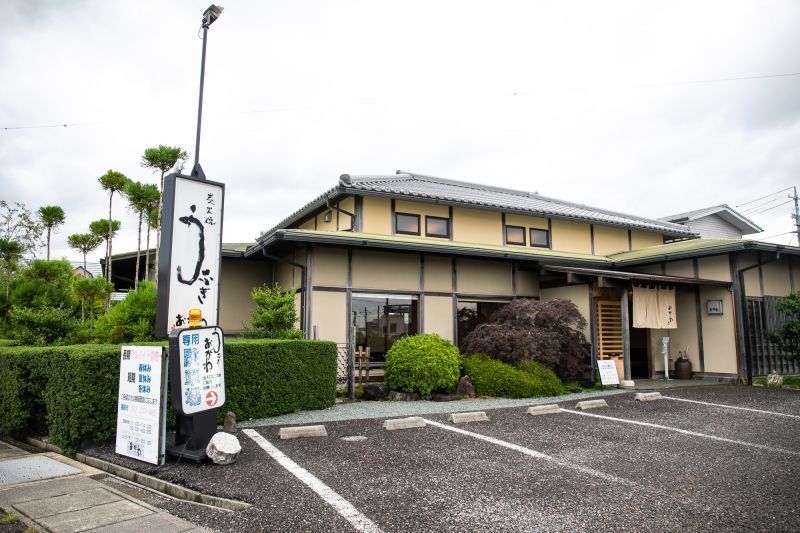
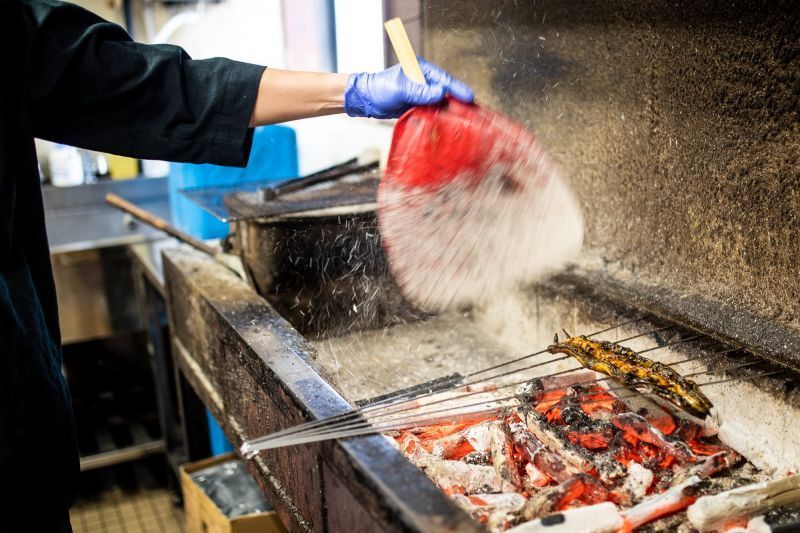
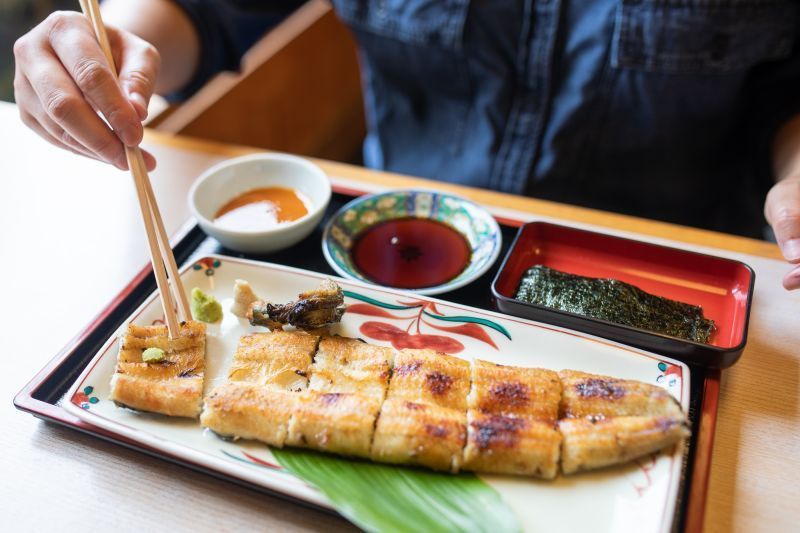
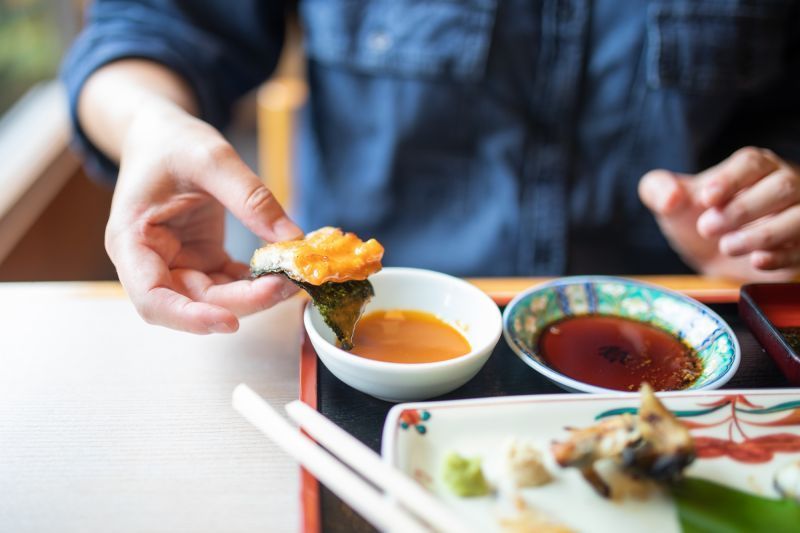
Charcoal fires of more than 20 unagi shops still burn brightly like those at the ever popular Sumibiyaki Unagi Ogawa. Here, the flames of acclaimed ”Tosa bincho" charcoal produce smoky eel with crispy skin encasing juicy meat. Kansai grilling, with no steaming, preserves the original eel flavor, complemented by the restaurant's superb special sauce. Although unaju, unadon and hitsu-mabushi are always great classics, Ogawa also offers unique experiences like unagi with wasabi or sea urchin soy sauce. The fatty richness of "shiroyaki" eel, grilled without sauce, matches well with wasabi, and the pairing of delicate shiroyaki flavor with the deep taste of sea urchin soy sauce is a rare treat.
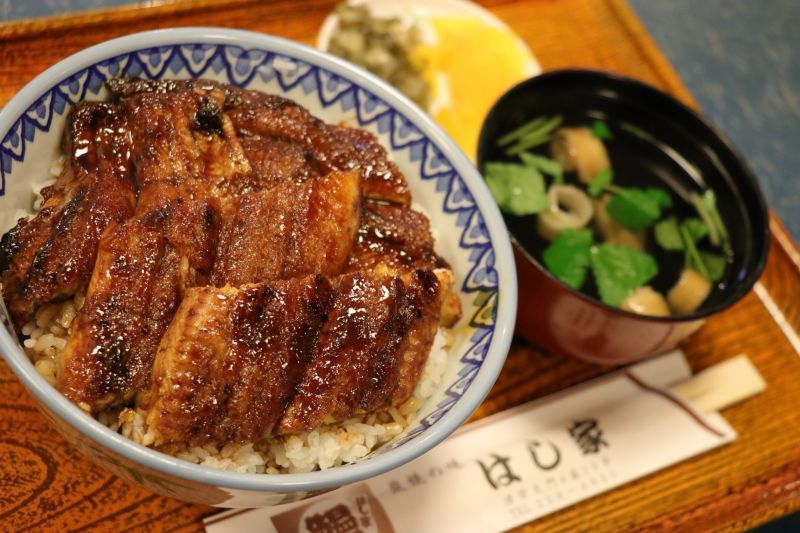
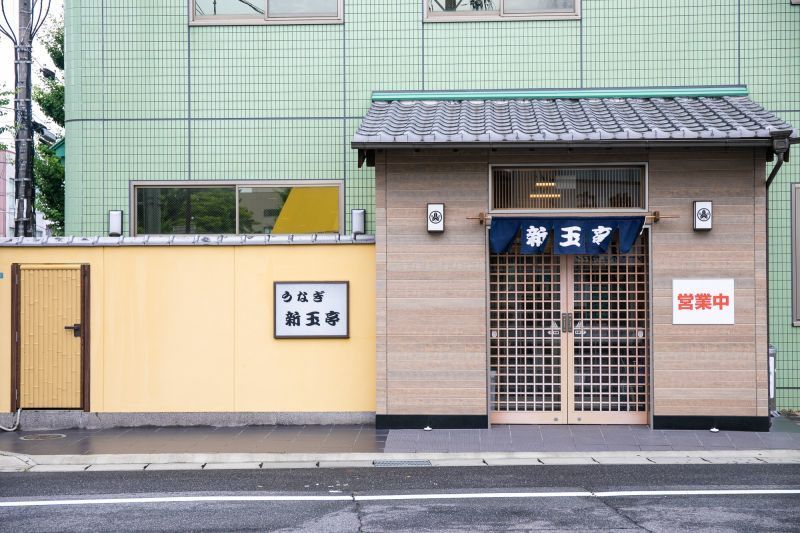
For a taste of history, visit the spacious, centuries old "Shin Tamatei" founded in 1890, or "Hashiya," both equipped with banquet rooms, and ranked in Tripadvisor's Top Five Tsu City restaurants.
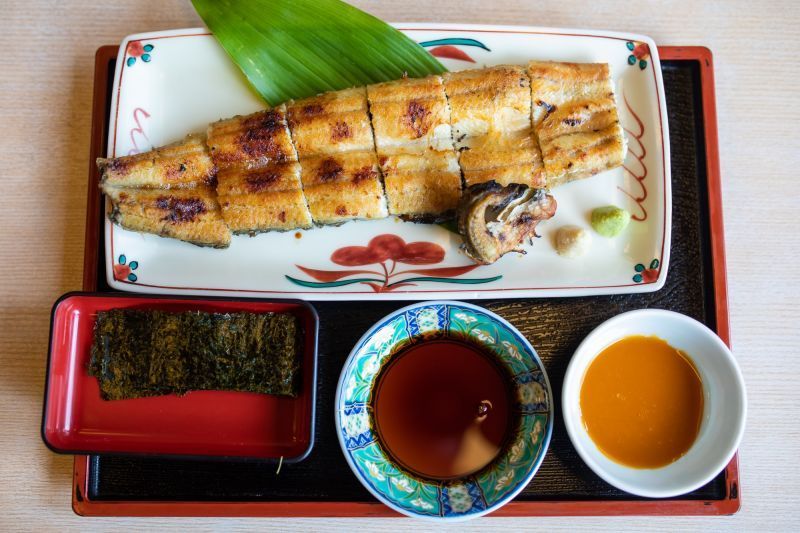
As the popularity of kabayaki unagi spreads worldwide, as aquaculture becomes chemically and genetically modernized, the longstanding traditions of Tsu City become more and more precious, born from a magic mix of nature, nurture and culture unique to this region.